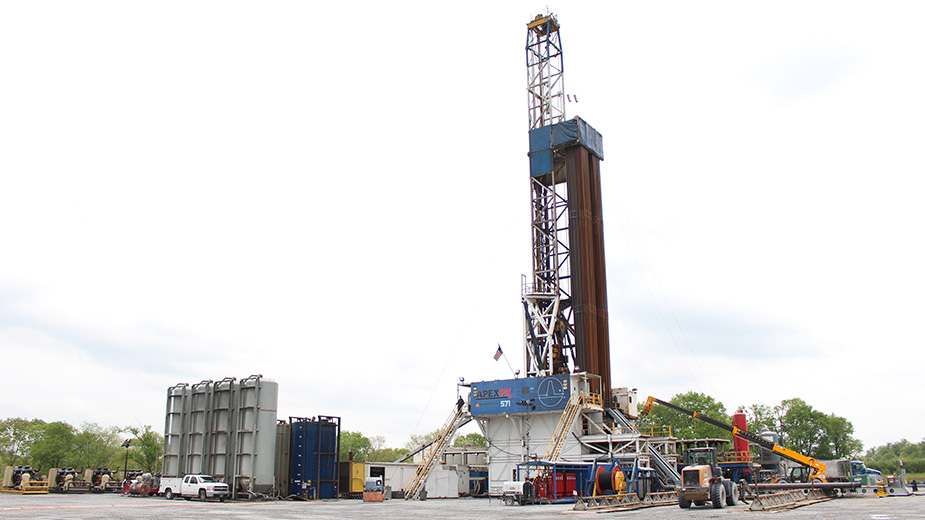Measures Offered to Prevent Man-Induced Earthquakes
YOUNGSTOWN, Ohio – A group composed of representatives of state geological agencies, specialists in the energy industry, seismologists and academics issued a report Monday with recommendations on how states can better understand and address earthquakes caused by hydraulic fracturing or wastewater injection.
The Oklahoma City-based group – StatesFirst – is a 13-state initiative formed in the wake of “induced seismicity” linked to the operation of Class II injection wells and hydraulic fracturing.
Most of the report focuses on seismic activity that results from injection wells and how states responded to such activity, and steps they can take to mitigate the risks associated with manmade earthquakes.
“Induced seismicity is a complex issue where the base of knowledge is changing rapidly,” Rex Buchanan, work group co-chairman and interim director of the Kansas Geological Survey, said in a statement. “State regulatory agencies that deal with potential injection-induced seismicity should be prepared to use tools, knowledge, and expertise to prepare and respond to occurrences of induced seismicity.”
The primer the group released provides a guideline for regulatory agencies to develop strategies that mitigate and manage the risk of earthquakes related to these operations.
Among the protocols the report suggest include: obtaining stakeholder input, selecting different locations for new wells, avoiding injection into the basement rock, locating faults in the vicinity of the operation based on seismic survey data, and avoid injecting fluid into these faults.
Other measures states might consider are temporary seismic monitoring, a procedure to suspend operations should seismic levels increase above safety thresholds, and a metric to determine if operations could resume at the site.
“Overall, the risk of induced seismicity for oil and gas operation is still low,” Rick Simmers, work group co-chairman and chief of ODNR’s oil and gas division, noted in a statement. “It is clear that local factors in different parts of the country present different levels of risk. Because of this, risk management, mitigation, and response strategies are most effective when developed considering specific local geology, surface conditions as well as other local situations.”
However, a local activist group that opposes Class II injection wells and hydraulic fracturing says there are no ways to remedy man-induced earthquakes as long as these operations are allowed to continue.
“Human beings cannot control earthquakes with 100% certainty,” said Susie Beiersdorfer, a member of FrackFree Mahoning Valley. “The risk of causing larger, damaging, even life-threatening earthquakes is too high a price to pay.”
In 2011, the Youngstown area was hit with several earthquakes — including a 4.0 magnitude quake on New Year’s Eve – that were linked to a wastewater injection well D&L Energy operated. The state responded by shutting that well down.
Two years ago, officials linked a 3.0 magnitude quake in Poland Township to a hydraulic fracturing operation at a well site at the Carbon Limestone Landfill. Drilling and hydraulic fracturing at that location remains suspended.
More recently, the Ohio Department of Natural Resources suspended a Class II injection well operation in Weathersfield in response to seismic activity at the site.
And in 2011, a 5.7 magnitude quake triggered by an injection well hit Prague, Okla.
Beiersdorfer and others say that efforts to prevent induced earthquakes haven’t worked and are unlikely to work. “Earthquakes are continuing. We refuse to be unwilling human subjects in what essentially is an earthquake prevention experiment,” Beiersdorfer said.
Pictured: Class II injection well operation in Weathersfield.
Copyright 2024 The Business Journal, Youngstown, Ohio.


